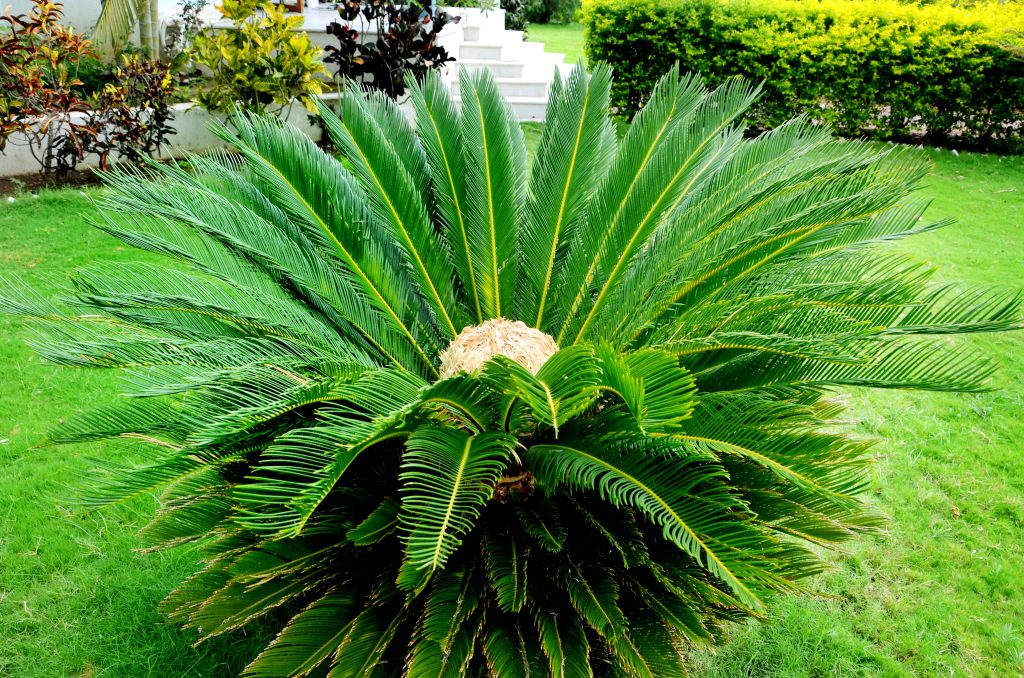The Sago Palm is part of the cycad plant family and is a short, stocky, spikey leaved plant. It grows in dry, sandy soils and is a common plant used in landscaping. It comes in a variety of species and there are close relatives to this plant that have the same toxicity concerns. Other common names of sago palms and other related toxic species include queen sago, crozier cycad, fern palm, false sago palm, sago cycas, Australian nut palm, iron tree, Japanese cycad, comptie, coontie, Seminole bread, guayiga, Florida arrowroot, cardboard palm.
All parts of the plant are toxic to dogs, with the seeds being the most toxic part. Ingestion of as little as 1 seed has been reported to have caused death in dogs and studies have shown that up to 50% of cases of ingestion of this plant have been fatal.
The plant toxins primarily affect the liver, gastrointestinal tract and nervous system, causing liver damage which can lead to liver failure, hemorrhagic gastroenteritis, blood clotting disorders and even death can occur without early intervention. Symptoms usually occur soon after ingestion or within a period of 3 days after ingestion.

 Greencross Vets
Greencross Vets 


